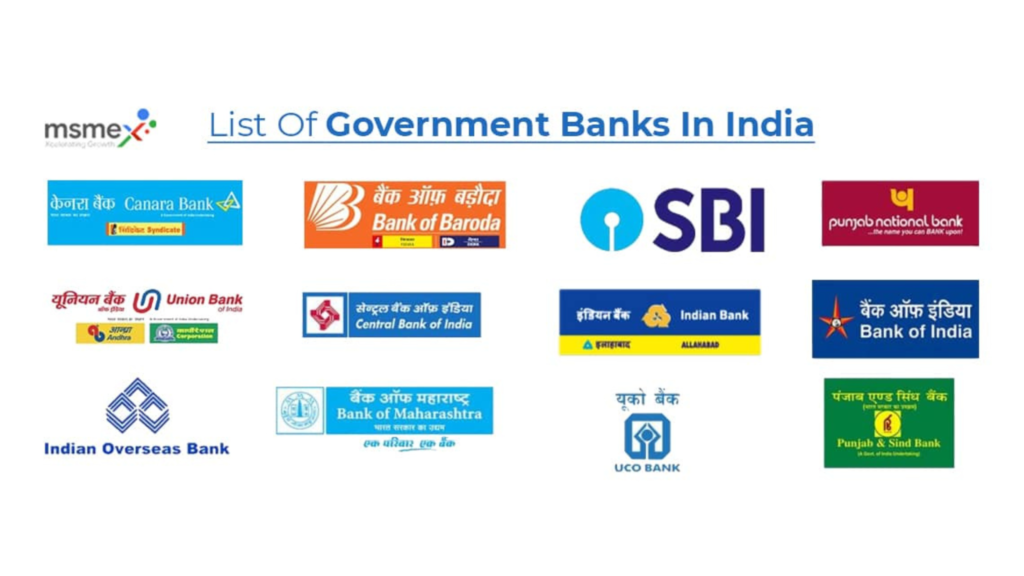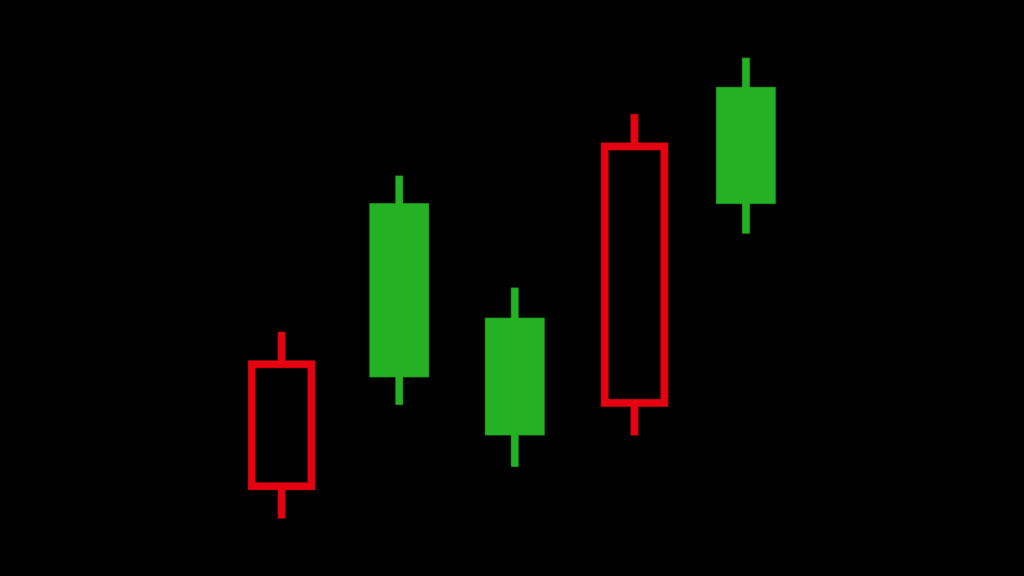Unpacking the Adani Stock Frenzy
Impact On Stock Market Indian Election Result – In the current stock market landscape, many investors are eyeing the Adani group stocks, anticipating a potential surge if the Modi-led government retains power. However, as an experienced portfolio manager, I caution against blindly jumping onto this bandwagon. While the Adani stocks have indeed seen a remarkable run-up, from around ₹2,700 to ₹3,400, it’s crucial to differentiate between fundamental growth and sentimental rallies.
The Adani group is a large conglomerate with a market capitalization to match. However, the current valuation, with a price-to-earnings (P/E) ratio of around 105, raises concerns about the sustainability of these lofty levels. While a potential political tailwind could provide a further boost, the downside risk is also substantial. A 30-40% correction in the P/E ratio is not an unrealistic scenario, should the political landscape shift or the company’s fundamentals fail to keep pace with the market’s expectations.
Impact On Stock Market Indian Election Result Day :
Navigating the Public Sector Bank Rally
Another area of focus has been the rally in public sector banks (PSBs), which the Modi government has actively championed. Personally, I have been a beneficiary of this trend, with investments in banks like Punjab National Bank, Canara Bank, and Bank of Baroda yielding impressive returns of over 110-115%. As an investor, I continue to hold a position in State Bank of India, as the fundamentals of this bank appear robust, trading at a P/E ratio of around 11.

While the rally in PSBs may have further legs, it’s essential to be selective in this space. Banks like Punjab National Bank appear to be relatively overvalued, and I have opted to rotate my capital into SBI, which I believe offers better risk-adjusted returns. The strong correlation between the country’s GDP growth and the performance of the banking sector suggests that well-managed PSBs could continue to deliver solid returns in the medium to long term.
Another area of focus has been the rally in public sector banks (PSBs), which the Modi government has actively championed. Personally, I have been a beneficiary of this trend, with investments in banks like Punjab National Bank, Canara Bank, and Bank of Baroda yielding impressive returns of over 110-115%. As an investor, I continue to hold a position in State Bank of India, as the fundamentals of this bank appear robust, trading at a P/E ratio of around 11.
While the rally in PSBs may have further legs, it’s essential to be selective in this space. Banks like Punjab National Bank appear to be relatively overvalued, and I have opted to rotate my capital into SBI, which I believe offers better risk-adjusted returns. The strong correlation between the country’s GDP growth and the performance of the banking sector suggests that well-managed PSBs could continue to deliver solid returns in the medium to long term.
Understanding the PSB Rally
The recent surge in public sector banks’ stock prices can be attributed to several factors:
- Economic Policies: The Modi government’s push for economic reforms, infrastructure development, and financial inclusion has bolstered the banking sector. Measures such as the recapitalization of banks and the resolution of non-performing assets (NPAs) have strengthened their balance sheets.
- Improving Financial Health: Many PSBs have shown significant improvements in asset quality, capital adequacy ratios, and profitability. This has been reflected in their stock prices as investor confidence grows.
- GDP Growth: A growing economy typically benefits the banking sector. As GDP expands, demand for credit rises, boosting banks’ loan books and interest income. The robust economic outlook for India supports the continued growth of well-managed PSBs.
Strategy and Outlook
Given these positive trends, maintaining a position in select PSBs can be a sound strategy. However, it is crucial to focus on banks with strong fundamentals, prudent management, and reasonable valuations.
Why State Bank of India (public sector banks)?
- Market Leadership: SBI is the largest public sector bank in India, with a vast network and a diversified portfolio. Its size and scale provide a competitive advantage.
- Strong Fundamentals: With a P/E ratio of around 11, SBI appears undervalued compared to its peers. The bank’s robust asset quality, consistent profit growth, and strong capital base make it an attractive investment.
- Digital Transformation: SBI’s focus on digital banking and technology adoption enhances operational efficiency and customer experience, positioning it well for future growth.
Evaluating Private Sector Banks
Turning to the private sector banks, names like HDFC Bank and Kotak Mahindra Bank have also been on investors’ radars. While HDFC Bank has delivered flat returns in my portfolio, the performance of Punjab National Bank has more than offset this, resulting in a satisfactory overall return. The key point here is that portfolio construction and diversification are crucial, rather than relying on a single “winning” stock.
Private sector banks, such as Kotak Mahindra Bank, have demonstrated robust growth, compounding at around 23-24% annually. With valuations still at pre-COVID levels, these banks present an attractive proposition for long-term investors, provided one is willing to weather potential short-term volatility.
Infrastructure Stocks: Navigating the Landscape
The infrastructure sector is another area that has garnered significant attention, given the government’s focus on boosting public spending in this domain. However, it’s crucial to understand the dynamics at play. The government’s debt levels are high, both in India and globally, and the upcoming elections may prompt a surge in infrastructure spending as a means of stimulating the economy.
That said, it’s essential to recognize that the benefits of this increased spending may not be immediately realized. The multiplier effect, where the economic benefits of infrastructure projects manifest over a 2-3 year period, should be factored in. This suggests that companies in sectors like FMCG, consumer durables, and renewable energy may be better positioned to capitalize on the improved economic conditions in the near term, as they stand to benefit from the enhanced efficiency and connectivity provided by the infrastructure upgrades.
A Safer Approach: Investing in the Nifty 50 Index :
For investors seeking a lower-risk approach to capturing the potential market upside, I recommend considering the Nifty 50 index. By investing in this diversified portfolio of the top 50 Indian companies, you can gain exposure to the broader market’s performance, while mitigating the risks associated with individual stock selection.
The Nifty 50 index has historically demonstrated resilience, with a well-defined trading channel. While it may not provide the same level of outsized returns as some individual stocks, the Nifty 50 offers the potential for steady, risk-adjusted gains. Importantly, the downside risk is also more manageable, as a 10% correction in the index is unlikely to cause the same level of panic as a 20% drop in a highly leveraged, politically-sensitive stock.

In conclusion, navigating the current stock market landscape requires a balanced approach that prioritizes risk management and long-term, fundamental-driven investing. While the allure of “Modiji stocks” may be tempting, it’s crucial to carefully assess the risk-reward dynamics and consider diversified, index-based strategies to build a resilient portfolio. By focusing on sound investment principles, you can position yourself to capitalize on the market’s upside while mitigating the inherent risks.
If you’re interested in learning more about effective portfolio management and investment strategies, I encourage you to check out my educational initiatives, including my YouTube channel and online courses. There, you’ll find comprehensive, fundamental-driven insights to help you become a more informed and successful investor.
Remember, investing is not a game of chance, but rather a disciplined pursuit of long-term wealth creation. By embracing a thoughtful, risk-aware approach, you can navigate the market’s complexities and achieve your financial goals.
Key Takeaways:
- Differentiate between sentimental rallies and fundamental growth when evaluating stocks like Adani.
- Public sector banks may continue to perform well, but be selective and focus on well-managed institutions.
- Private sector banks with strong fundamentals and reasonable valuations present attractive long-term opportunities.
- Infrastructure spending may benefit certain sectors, such as FMCG and consumer durables, in the near term.
- Consider the Nifty 50 index as a lower-risk, diversified approach to capturing market upside.
- Prioritize sound investment principles and long-term, fundamental-driven strategies over short-term speculation.
Disclaimer: The information is only for information purpose only. It is always recommended to consult with certified financial experts before making any investment decisions. Follow busymoneyfreak.com .

